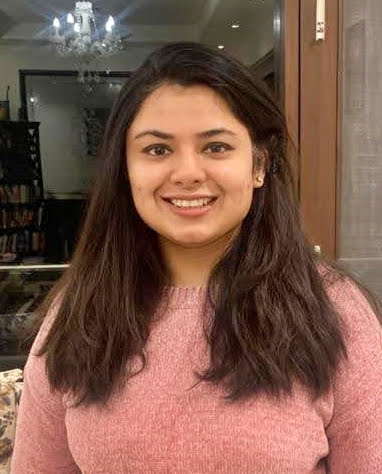Day 1 – Gathering the essentials
I did say yesterday that I would tell you about the three easiest cast-ons in knitting today, but I think I jumped the gun. The first thing we need to do is to gather all the things that we might need for this project.
Essential Items
Needles
You should know that all yarns come with a recommended needle size. Yarns are divided as per weight and can go from lace weight yarn (lightest) to bulky weight yarn (heaviest). It is always advisable to use the recommended needle size, however, a size above or below the recommended size usually doesn’t make a huge difference. Using a size above the recommended size will only create a looser fabric, whereas using a size below would result in a tighter fabric. This actually only makes a difference when you are knitting a fitted garment and using a particular pattern with exact dimensions for the garment. However, in the present instance, a cowl is free-flowing and it doesn’t matter much if you make it a little bigger or smaller.
Interchangeable Circular needles
Buy from Amazon
Buy from Amazon
Fixed Circular Needles
Buy from Amazon
Buy from Amazon
Straight Needles
Buy from Amazon
Buy from Amazon
Buy from Amazon
Yarn of choice – any weight, any colour
Since we are in the midst of a terrible summer, I recommend avoiding pure wool. Instead, you can choose blended yarns – acrylic wool blends, cotton wool blends, etc. Otherwise, closet yourself in an air-conditioned room, bring down the temperature to 16 degrees and knit away like you are sitting atop the Arctic Circle. Choose any colour you like or more than one if you want to make it interesting.
Buy from Amazon
Buy from Amazon
Buy from Amazon
Buy from Amazon
Stitch markers
Stitch markers are like post-its for knitting. In circular knitting, you place a stitch marker to remind you of the beginning of the round. Stitch markers are also used to indicate the beginning of a repeat in patterns with several repetitions. However, if you don’t already have them, I recommend you don’t spend money at this stage. You can use a safety pin or a loop made with yarn in place of a stitch marker.
Buy from Amazon
Scissors
I don’t need to explain this. I suggest you keep a pair of sharp scissors exclusively for knitting. It will be useful for future projects as well.
Buy from Amazon
Or if you like to own something special, this stork shaped pair of scissors is really quite beautiful
Buy from Amazon
Measuring Tape
I keep on hand an industrial use retractable measuring tape. You can use any kind. It should serve the purpose.
Buy from Amazon
Buy from Amazon
Tapestry Needle
Likely, you may not be able to finish your project with only one ball of yarn. I will tell you how to attach a new ball as neatly as possible. This will leave ends on the wrong side of your work. A tapestry needle is thicker than a sewing needle and is used to sew in ends to give a professional finish. Also, for those using straight needles, you will need tapestry needles to seam the two ends of your scarf to turn it into a cowl.
Buy from Amazon
Buy from Amazon

Some non-essential items
Row Counter
Row counters are used to help you keep track of your rows when you’re following a pattern. Not needed for this project but it will be good practice for future ones. You can use the type shown above (left picture) or use one of the many free apps which perform the same function like MyRowCounter (right picture) or knitCompanion.
Buy from Amazon
Buy from Amazon

My RowCounter App
Needle Point Protectors
Just a simple way to protect your stitches from slipping off your needles while you’re mid-project. They come in all shapes and sizes and you can completely avoid using them if you’re just a bit careful with the way you store your work.
Buy from Amazon
Or if you want something cute to look at every day, try these
Buy from Amazon
Starter Bundles
If you’re just starting, I recommend buying a knit starter bundle that includes all the items mentioned above. It will save both money and effort, however, I should point out that the quality of these products is likely to be very basic. I suggest that once you get into knitting properly, you buy better quality products for yourself.
Buy from Amazon
So that’s it, folks. Gather up your things. Tomorrow we talk about casting on!
~P
























